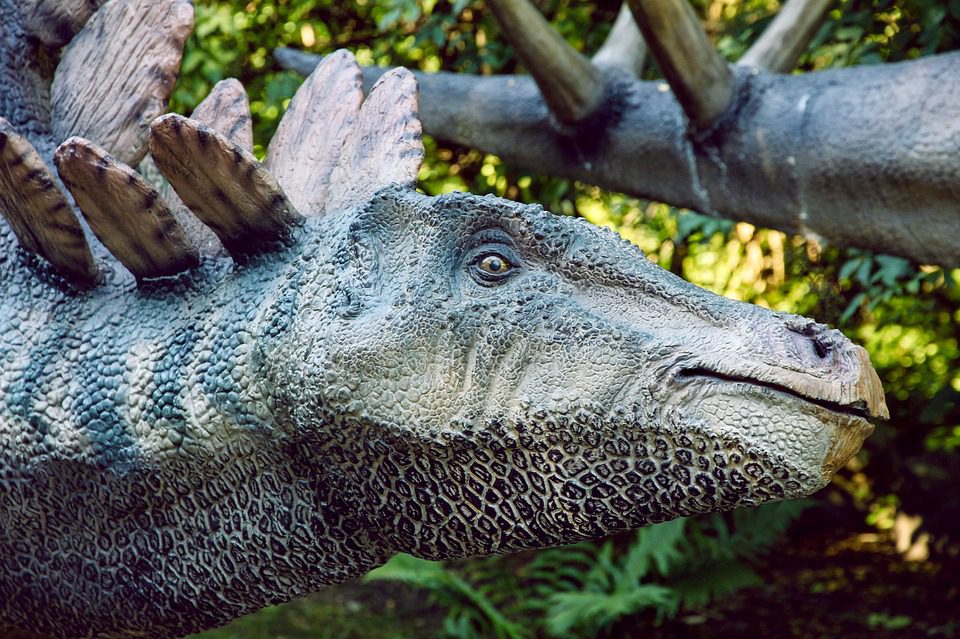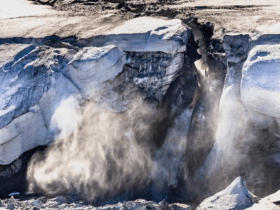Scientists have discovered a previously undiscovered kind of plated dinosaur that roamed 168 million years ago, but it is unlike anything we have ever witnessed.
The prehistoric fossil is from a stegosaur, a plant-eating dinosaur with a small skull and bony protrusions strolling down its back to a spiky tail. Additionally, the specimen has certain distinct traits not seen in other stegosaurs. According to a fresh study, it is the oldest stegosaur ever discovered in Asia and may correspond to being one of the earliest stegosaurs ever identified.
In 2016, researchers discovered dinosaur fossils in China’s Chongqing municipality known as the Shaximiao Formation, the Middle Jurassic era, which spanned approximately 163 million and 174 million years ago, is represented by a portion of this site. The creature was called Bashanosaurus primitivus, “Bashan” referring to Chongqing’s old name and “primitivus” meaning first in Latin, reflecting the dinosaur’s antiquity.
The freshly found species has “a very bizarre combination of characteristics,” including those associated with much more primitive plated dinosaurs, including those associated with stegosaurs. Among Bashanosaurus’s primitive characteristics are larger tail vertebrae and flaring shoulder blades. In contrast to other stegosaurs known to science, the bottoms of its armor plates curled outwards.
Adratiklit boulahfa is a 168 million-year-old stegosaur specimen discovered in Morocco in 2019; it is around the same age as Bashanosaurus, or potentially a few million years younger, but has characteristics of younger stegosaurs. By contrast, Bashanosaurus was a little dinosaur, reaching about 9 feet (2.7m) from snout to tail, leading the scientists to wonder if the specimen was from an adult or young animal.
Bashanosaurus is the most recent stegosaur to be discovered in the Shaximiao Formation, which suggests that these dinosaurs started in Asia. Currently, the first, most primitive stegosaurs are found in Asia and Argentina.
The study was published in the Journal of Vertebrate Paleontology.













Leave a Reply